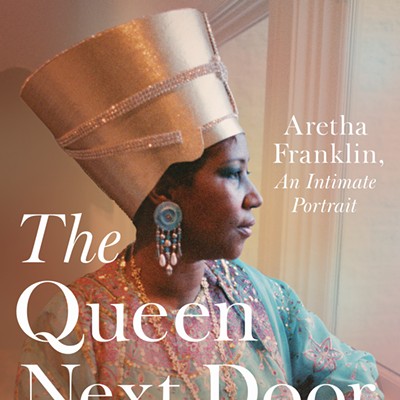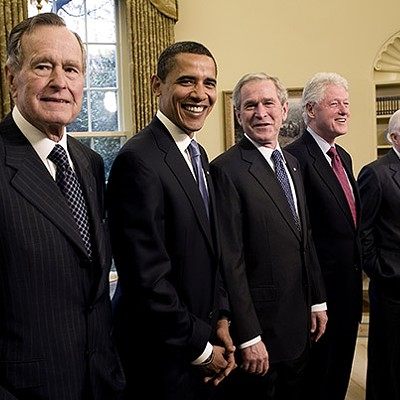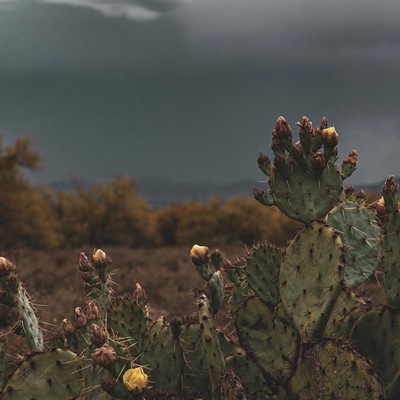Not only did the contemporary Navajo like the white woman's pictures of their now long-dead elders; they said that her pictures helped shape their memories of the past. As Roessel recounted in an article, one tribal member told him, "When my mom talks about riding a wagon to go to town or something, it is a photograph, maybe taken by this lady (Gilpin) that gives me a picture of a way of life that has changed. It is the photograph that helps me understand my people better and tell my kids what life used to be like."
Similarly, white filmmaker Anne Makepeace traveled around the West seeking out the descendants of Indians who had been photographed by Edward S. Curtis during his monumental project early in the 20th century to record the "vanishing race." Her recent film, Coming to Light: Edward S. Curtis and the North American Indian, reports that some Indians criticized the famous photographer for excising poverty and oppression from his romantic pictures and for photographing sacred ceremonies. But many expressed delight at seeing their old grandma as a young girl, or seeing the sand paintings their fathers once made.
"You look at these pictures and see what tradition was back then," said Hopi Theoria Howatu, who found her grandmother preserved in sepia among Curtis' prints. "We have these pictures to show us how they really were back then."
But it's not always a benign process. As Roessel wrote, "Whatever the reason, Indians have been defined by outsiders. Sometimes it is hard to discern what came first, the cliché or the photograph."
Curtis was one of many in a long line of white photographers, from Timothy O'Sullivan to Laura Gilpin and Ansel Adams on down, who penetrated into Indian country to "catch the shadows" of Indians. If their historic pictures have gone so far as to affect some Indians' idea of their own past, they have even more powerfully--and, many critics say, incorrectly--stamped white America's ideas about Indian culture.
A symposium this weekend at the Center for Creative Photography and the Arizona State Museum examines this ambiguous legacy. Filled with a wide array of Indian artists, curators and scholars, along with some white counterparts, the symposium, Viewpoints: American Indians and Photography, will "directly challenge" the white photographers' "gross misrepresentation" of Indian life, as one Indian scholar, Jennifer Brathovde of the Library of Congress, put it.
And that's just in the press release. The subject is freighted with charges of exploitation and cultural imperialism on the one side--the critic Susan Sontag once denounced the whole enterprise of whites photographing Indians as the "most brutal" and "predatory side" of photography--and accusations of revisionist history on the other. The conference may well trigger some intellectual fireworks.
"I hope it is explosive," said Terry Etherton, a local dealer who specializes in historic photography of the West, and who had some early input into the conference. "It will be about the way these photographs are used, the way they're disseminated and what it all means. The intent is to see what comes out. It's a way to put this all out there. ... People have strong feelings, and some have agendas, so it should be aired out."
If white photographers have long had the last word on the subject, at the symposium, Indian artists and scholars will have their say. Panelists will include Roessel--a Navajo photojournalist who edited the first Indian daily, The Navajo Times, and whose work has appears in Time, Newsweek, Arizona Highways and National Geographic--and Lee Marmon, a widely published Laguna photographer who, throughout a long career, photographed presidents and celebrities. Now in his 70s, he recently published The Pueblo Imagination: Landscape and Memory in the Photography of Lee Marmon, a book featuring his elegant black-and-white pictures of New Mexico Indians and an essay by his daughter, novelist Leslie Marmon Silko.
Photographer Zig Jackson, of Mandan/Hidatsat/Arikara heritage, an art photographer acclaimed for his series Entering Zig's Indian Reservation, will speak as well, along with Pena Bonita, a Mescalero Apache painter and photographer whose contemporary mixed-media work is inspired by traditional basketry and pottery designs.
The conference is organized around a series of panel discussions. In a 3:30 p.m. Friday session, photographers Jackson, Marmon, Bonita and scholar Brathovde will give their own analyses of the early photographs taken by the traveling photographers, and each of the artists will also present one of their own images as a counterpoint. On Saturday afternoon, in a 3:15 p.m. session, the same three photographers, along with Roessel, will ponder contemporary Native American photography. At 1:45 p.m. Saturday, tribal curators and archivists will talk about ways Native Americans can use the old pictures.
A couple of big-name white scholars will also be on hand. James Faris, an anthropologist from the University of Connecticut, wrote the widely debated Navajo and Photography: A Critical History of the Representation of an American People, which delivered a blistering critique of both Curtis and Gilpin. Lucy Lippard, a well-known feminist critic and author of some 20 books, also edited Partial Recall, an anthology of essays on Native American photography. Both Lippard and Faris will speak at a 1:30 p.m. Friday session.
Put together by Lisa Falk, director of education for the Arizona State Museum, the symposium also offers print viewing of works by Marmon, Roessel, Curtis, Forman Hanna (a 1930s white photographer of the Hopi), Helga Teiwes (whose work is currently on view at the museum) and Kozo Miyoshi, a Japanese photographer whose residency in Tucson a decade ago yielded up breathtaking pictures of Tohono O'Odham chapels.
Peter Briggs, the chief curator at the University of Arizona Museum of Art--who recently learned that his contract will not be renewed--helped write a grant proposal to fund the symposium and met with the symposium organizing committee early on. He said the conference will bring to light some of the innovative ways Native Americans are approaching the old photographs nowadays, and using them for their own ends.
"It's bringing in a lot of Native American photographers, archivists and historians who are looking at European American photographers and using (their work) in novel and interesting new ways."
An Indian group living near Phoenix, he noted, is primarily Mormon, and its members are studying the historic photos by whites to trace their lineage, an important Mormon religious task.
"There's a wonderful cultural heterogeneity here," he said. "It's fascinating, and opens up all these points of view."














